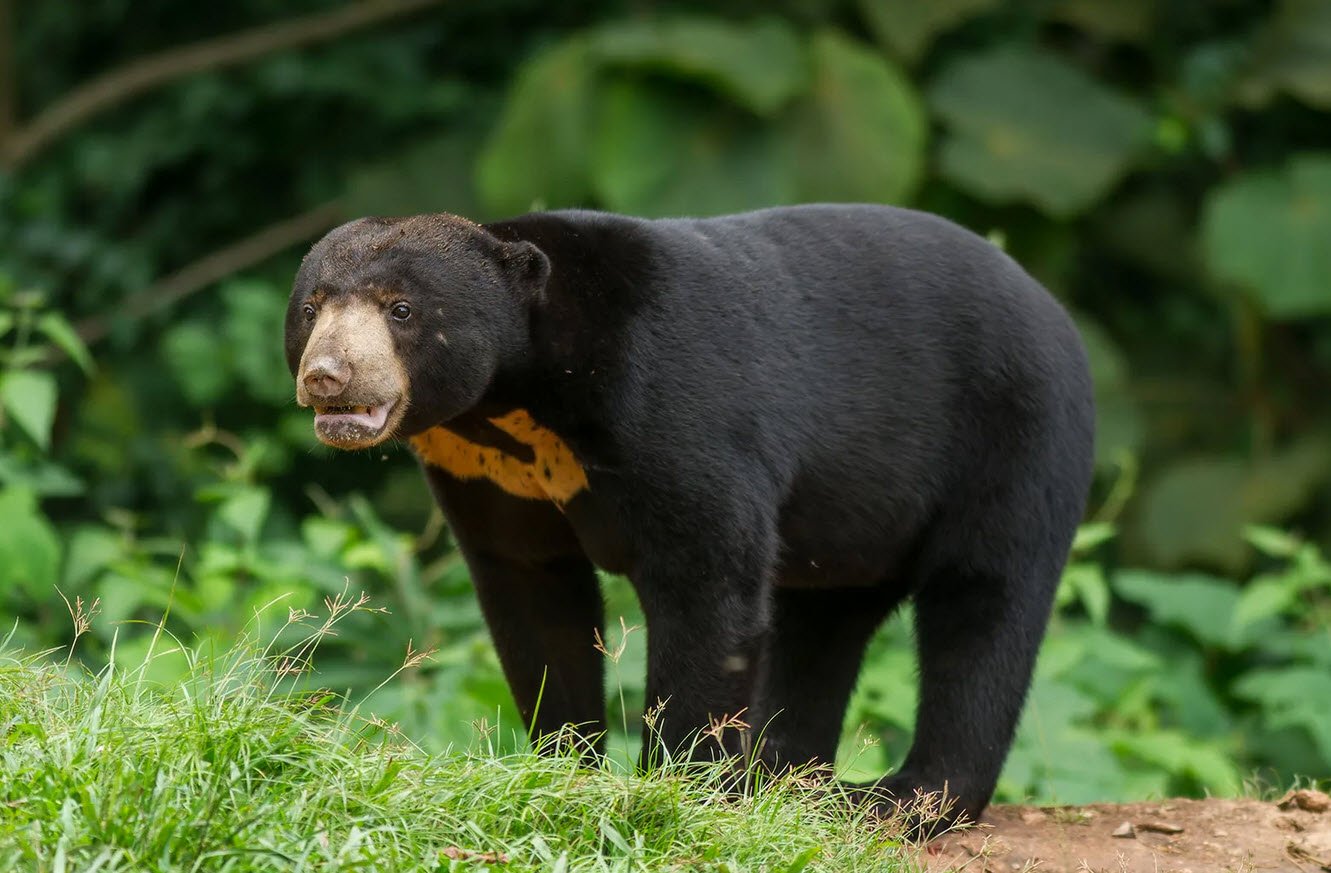
Bears, magnificent creatures revered across cultures and revered in the wild, face numerous challenges that threaten their survival. The International Union for Conservation of Nature (IUCN) Red List is a powerful tool that categorizes species based on their conservation status.
Among the many animals on this list, several bear species find themselves in varying degrees of danger, highlighting the urgency for conservation efforts worldwide. In this article, we shed light on the red-listed bears of the world.
- Polar Bear
- Brown Bear
- American Black Bear
- Asian Black Bear
- Andean Bear
- Sloth Bear
- Giant Panda
- Sun Bear
1. Polar Bear (Ursus maritimus)
The Polar Bear, a symbol of the Arctic, is a flagship species for climate change and habitat loss. These remarkable marine mammals face dire threats due to the rapidly melting sea ice, impacting their hunting abilities and overall survival. As a result, they are listed as vulnerable on the IUCN Red List.

2. Brown Bear (Ursus arctos)
The Brown Bear, a species with various subspecies distributed across the Northern Hemisphere, faces habitat fragmentation, hunting, and human-wildlife conflicts. These challenges have led to their designation as a species of least concern to critically endangered, depending on the subspecies and region.

3. American Black Bear (Ursus americanus)
The American Black Bear, an iconic species of North America, is at risk due to habitat loss, illegal poaching, and human-wildlife conflicts. Despite being the most common bear species in North America, they are considered a species of least concern, although some populations are more threatened.

4. Asian Black Bear (Ursus thibetanus)
The Asian Black Bear, also known as the moon bear, is threatened by habitat loss and hunting for its body parts and bile, which is used in traditional medicine. This bear species is listed as vulnerable on the IUCN Red List.

5. Andean Bear (Tremarctos ornatus)
The Andean Bear, native to South America, faces habitat loss and fragmentation due to agriculture and human encroachment. It is classified as vulnerable, emphasizing the need for conservation efforts to protect their habitats and promote coexistence with human communities.

6. Sloth Bear (Melursus ursinus)
The Sloth Bear, found mainly in the Indian subcontinent, is vulnerable due to habitat loss, poaching, and human-wildlife conflicts. Protection of their habitats and addressing poaching is essential to ensure their long-term survival.

7. Giant Panda (Ailuropoda melanoleuca)
The Giant Panda, an emblematic bear species and a symbol of wildlife conservation, was once critically endangered. Due to dedicated conservation efforts and habitat restoration, their status has improved to vulnerable. However, the need for ongoing conservation remains critical.

8. Sun Bear (Helarctos malayanus)
The Sun Bear, native to Southeast Asia, faces habitat loss, poaching, and the illegal wildlife trade. Their population is declining, and they are classified as vulnerable, highlighting the necessity for comprehensive conservation strategies.

The IUCN Red List serves as a powerful tool to evaluate the conservation status of various species, including bears. The inclusion of these remarkable bears on the list emphasizes the critical need for global efforts to protect their habitats, combat illegal activities, and raise awareness about the importance of preserving these iconic species for future generations.
Conservation initiatives, education, and sustainable practices are paramount in ensuring the survival of these magnificent creatures and the ecosystems they inhabit.
You may also like:


This Post Has One Comment